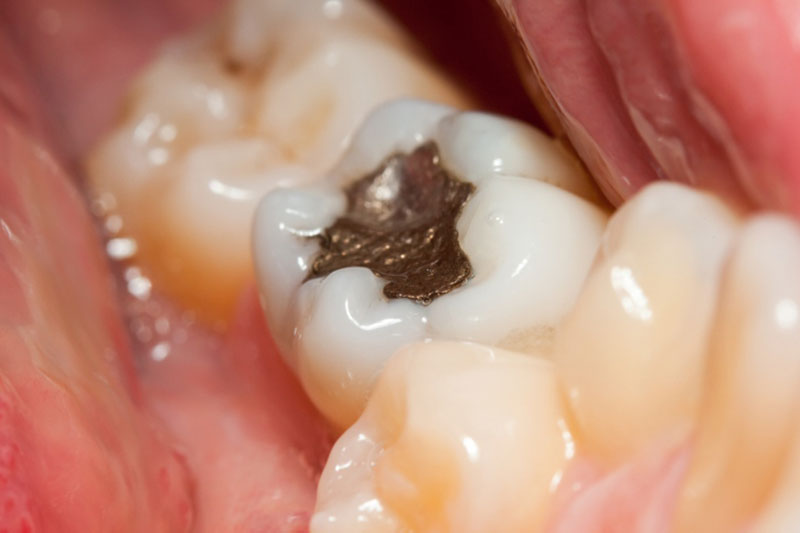Could the metal fillings in your teeth be making you sick? Dentists and several major health authorities say no.
In recent years, best-selling author Dr. Mark Hyman and other health professionals have suggested that the mercury in amalgam (or silver-colored, metal) fillings can be linked to a variety of health conditions, including fibromyalgia, Alzheimer’s disease and autism. The debate has even been featured on “The Dr. Oz Show.”
The controversy dates back to 1990 when CBS news show, “60 Minutes,” investigated the use of mercury in amalgam fillings, prompting public health concerns and further research on the issue.
Amalgam is a blend of mercury, silver, tin and copper, and has been in use for more than 150 years. Hundreds of millions of Americans have amalgam fillings.
Research has concluded that amalgam fillings release mercury vapor into the mouth, which is then absorbed by the body, but there’s still a question of just how much mercury is released and if it’s a health hazard.
Over the past couple of decades, more and more dentists have stopped using amalgam. Many now utilize light-colored composite materials for fillings — not necessarily due to health concerns over mercury exposure, but because they look more natural. The tradeoff is that composites don’t last as long as amalgam.
Several major health associations and government agencies have weighed in on the amalgam issue, all concluding that the material is fine for use.
According to the American Dental Association, “study after study shows amalgam is safe and effective for filling cavities. The American Dental Association, U.S. Centers for Disease Control and Prevention, U.S. Food and Drug Administration and World Health Organization all agree that based on extensive scientific evidence, dental amalgam is a safe and effective cavity-filling material.
The Alzheimer’s Association, American Academy of Pediatrics, Autism Society of America and National Multiple Sclerosis Society – all science-based organizations – also say that amalgam poses no health risk.”
But some European countries, including Norway and Sweden, have banned the use of amalgam for health and environmental reasons.
So, should you have your amalgam fillings replaced?
“My advice to patients about metal fillings is they are fine to be left in the mouth as long as they have a stable appearance,” says Dr. Stacey Hall from the Williamsburg Center for Dental Health. “When they begin to have visible breakdown at the margins (where the tooth and the filling meets), or there are any types of fractures within the metal or tooth, those are signs of leakage, compromised health for the tooth and potential for decay.
“We are not recommending that patients just have all their metal fillings removed and replaced for medicinal reasons or as prevention for potential problems,” Hall adds.
The process of removing amalgam fillings can actually increase mercury exposure for the patient and dental team.
“When patients ask about the safety, I let them know that I have some amalgam restorations in my mouth that I have not yet replaced,” says Dr. Ralph Howell Jr. with RL Howell DDS & Associates in Suffolk, Virginia. “The best advice I can give is have a conversation with your dentist about the advantages and disadvantages of all types of filling materials, and choose the option that is best for you under your specific conditions.”
Updated 7-3-2019







